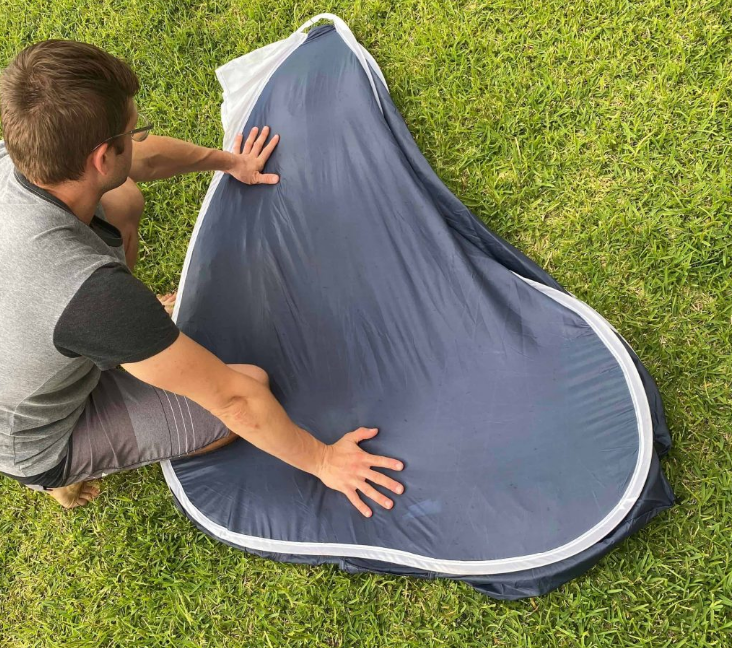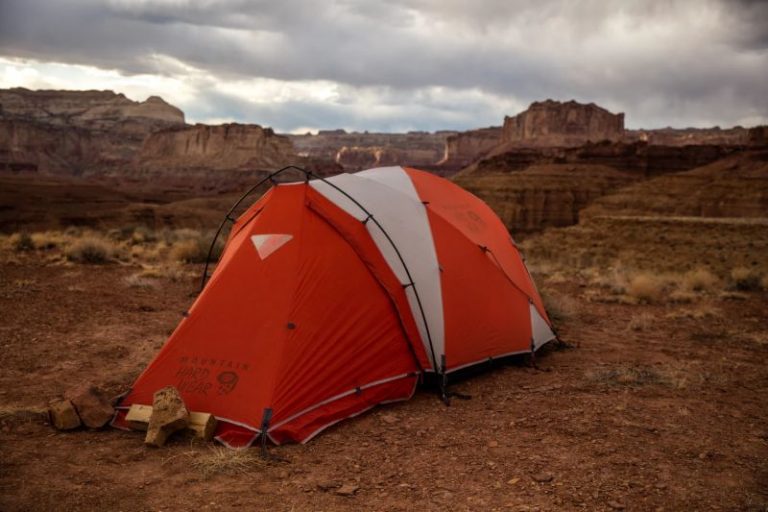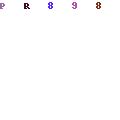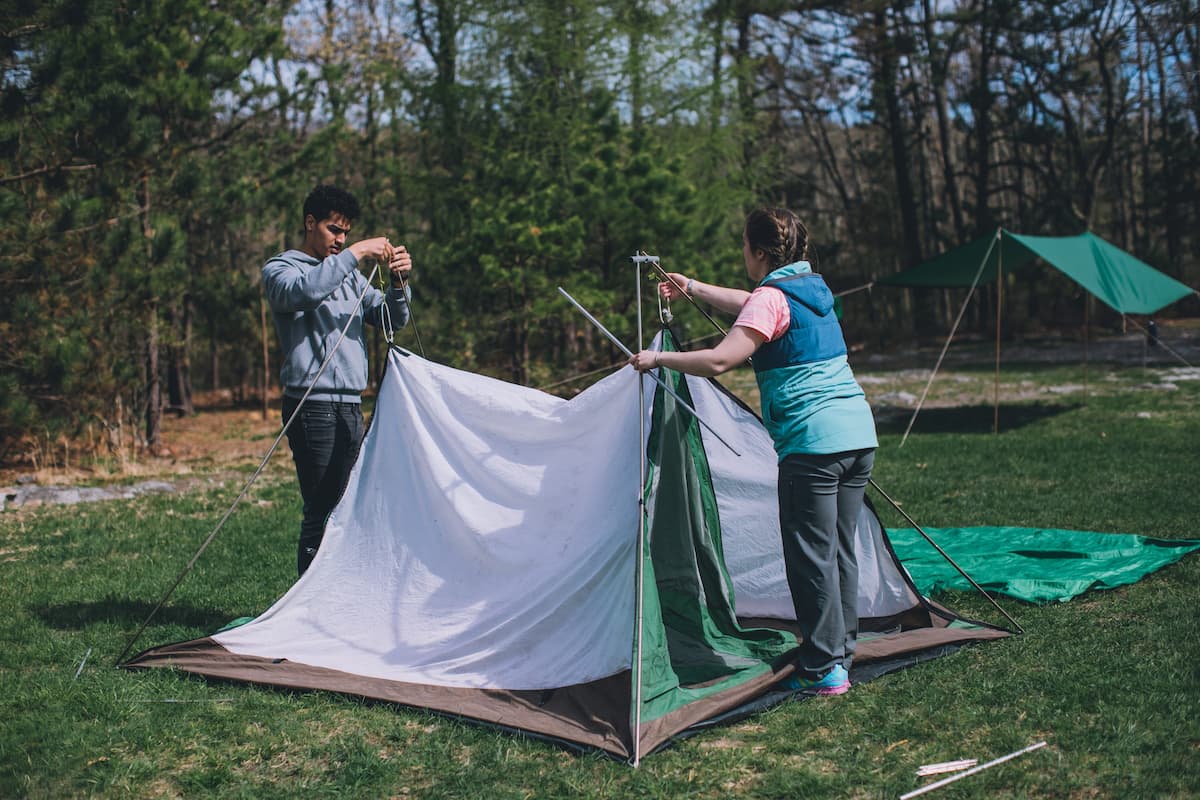I. Introduction

A. Importance of proper tent folding
Properly folding and packing a tent is essential for every camper. It not only ensures the longevity of the tent but also makes the setup process easier and more efficient. By learning the art of tent folding, campers can save time, prevent damage to their tent, and maintain a clutter-free camping experience. This article will guide you through the step-by-step process of folding a tent, enabling you to master this essential skill.
B. Overview of the article’s content and benefits of learning tent folding techniques
In this article, we will provide a comprehensive guide on how to fold a tent. We will start by discussing the importance of proper tent folding and the benefits it brings to campers. Understanding the components of a tent, including the poles, fabric, and attachments, is crucial for effective folding. Therefore, we will delve into the different parts of a tent and familiarize ourselves with their functions. Finally, we will explore the steps involved in preparing for tent folding, emphasizing the importance of clearing the tent area and disassembling the tent properly.
II. Understanding Tent Components

A. Identifying the different parts of a tent
Before attempting to fold a tent, it is essential to have a good understanding of its components. We will discuss the various parts of a tent, including the rainfly, body, tent poles, stakes, guy lines, and attachments. Understanding how these components work together will facilitate the folding process and ensure that each part is handled correctly.
B. Familiarizing with tent poles, fabric, and attachments
Tent poles, fabric, and attachments play a crucial role in the overall structure and function of a tent. We will explore different types of tent poles, such as fiberglass and aluminum, and discuss their proper handling during folding. Additionally, we will emphasize the importance of inspecting the tent fabric for any damage or dirt that may need attention. Lastly, we will examine the various attachments, such as hooks, buckles, and zippers, and provide tips on how to handle them effectively during the folding process.
III. Preparing for Tent Folding

A. Clearing the tent area and removing any debris
Before folding a tent, it is important to clear the surrounding area and remove any debris or loose objects. This step ensures that the tent is free from potential damage and allows for a clean and organized folding process. We will discuss the importance of inspecting the area, removing rocks and sticks, and checking for any potential hazards that may affect the folding process.
B. Disassembling the tent and separating components for easy folding
Properly disassembling the tent is a crucial step in the folding process. We will provide a step-by-step guide on how to disassemble the tent, including detaching the rainfly, removing tent poles, and disconnecting any attachments. By separating the components, campers can easily fold and pack each part, ensuring a neat and efficient storage solution.
IV. Step-by-Step Guide to Folding a Tent
A. Folding the tent fabric neatly

Folding the tent fabric neatly is essential for efficient packing and easy setup in the future. Follow these steps for proper tent fabric folding:
- Folding the tent lengthwise: Start by folding the tent in half lengthwise, aligning the edges and ensuring that the fabric is evenly folded.
- Aligning the sides and corners: Next, align the sides and corners of the tent to create a neat and straight fold. Smooth out any wrinkles or creases as you go.
- Removing air and smoothing out wrinkles: Gently press down on the folded fabric to remove any trapped air. Smooth out any remaining wrinkles or folds to create a flat and compact fold.
B. Rolling the tent tightly
Rolling the tent tightly helps to minimize its size and ensure a secure pack. Follow these steps for tightly rolling the tent:
- Starting from one end and rolling towards the other: Begin rolling the tent from one end to the other, ensuring a tight and compact roll. Apply gentle pressure as you roll, keeping the fabric taut.
- Securing the rolled tent with straps or ropes: Once the tent is rolled tightly, secure it with straps or ropes. This helps to maintain the tight roll and prevents it from unraveling during transportation.
C. Packing the tent into its storage bag

Packing the tent into its storage bag keeps it protected and organized. Follow these steps for packing the tent:
- Inserting the rolled tent into the bag: Carefully insert the tightly rolled tent into its storage bag. Ensure that the tent is aligned properly within the bag and that it fits snugly.
- Properly closing and securing the bag: Close the storage bag securely, using any zippers, buckles, or Velcro straps provided. This ensures that the tent remains compact and protected during transportation/storage.
V. Tips for Easier Tent Folding
A. Enlisting the help of others: Folding a tent can be easier with the help of a partner or fellow campers. Enlist their assistance to hold down the fabric or roll the tent more tightly.
B. Using a groundsheet or tarp to protect the tent during folding: Placing a groundsheet or tarp on the ground before folding the tent can protect it from dirt, moisture, or sharp objects that may damage the fabric.
C. Practicing and refining the folding technique: Tent folding can take practice to perfect. Take the time to practice folding and rolling the tent, refining your technique to make the process smoother and more efficient.
VI. Conclusion
In conclusion, mastering the art of tent folding is crucial for every camper. By following the step-by-step guide to folding a tent, including folding the tent fabric neatly, rolling the tent tightly, and packing it into its storage bag, campers can ensure a hassle-free and organized camping experience. Utilizing tips such as enlisting the help of others, using a groundsheet for protection, and practicing the folding technique can make the process easier. Remember to take the time to perfect your tent folding skills, as a neatly folded tent brings numerous benefits, including easy setup, efficient packing, and a clutter-free camping experience. Happy camping!
